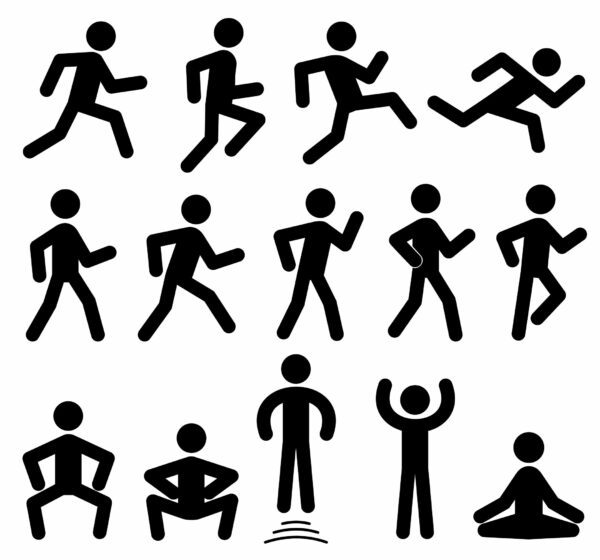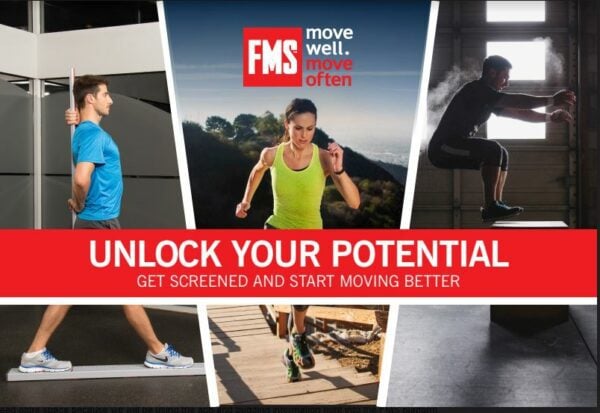
During the COVID-19 pandemic, activity levels dropped for a lot of people. Between stay-at-home orders, gym closures and working from home, people became more sedentary. On top of that, there were shortages of equipment like dumbbells and bicycles, making staying active at home difficult even if you wanted to.
But right now, things look different; vaccines are widely available, restrictions are loosening and people are looking to get active and enjoy the activities they love again. That’s all good news, but if you had a long break from activity, your body might not be ready to jump right back in.
Here are a few tips to help you get more active without getting hurt.
Start Slow
- If you’re a runner, think about a walk-to-run program
- If you’re a weight lifter, start with lighter weights and fewer reps.
- Whatever your activity of choice is, start with short periods of activity and gradually work your way back up.
- Consider working with a Physical Therapist to evaluate your current status, or your Movement Baseline, and develop a return-to-activity plan specific to your body and your goals. All of this can be provided through a Functional Movement Screen.

Warm-up and Cool Down
Warming up gets your heart and lungs ramped up and prepares your muscles and tendons for the increase in activity about to come. Include some light cardio like jogging, calisthenics, or cycling, followed by active stretching like butt kicks, high knees, or yoga.
Cooling down transitions your body back to a lower state of stress – it brings your heart rate and breathing down, decreases blood flow to your muscles and back to places like your digestive system, and helps you relax. It’s also a great place for static stretches if you need some work on your flexibility.
Take a Day Off!
Rest days let your body recover and keep you from getting burned out. Not enough exercise isn’t good for you, but too much of a good thing can cause problems too. Be sure to get an adequate number of hours of good quality sleep, not only on rest days but on work-out days as well.
Watch for Early Signs of Injury
Some soreness for a few days after the activity is normal, especially if you’ve had a long break. But there are a few common issues to watch out for as you return to activity:
- Swelling or bruising
- Joint pain, especially in the knees or shoulders
- Foot pain, which could be a sign of plantar fasciitis
- Muscle strains – particularly common in the hamstrings
- Sprains – most common in the ankle
Any of these issues justifies a call to your physical therapist. Getting checked out early can prevent an injury that derails your attempt to return to activity. PTs see all of the issues just mentioned on a regular basis and can help safely guide you back into a more active lifestyle.
Thank you to the APTA Private Practice Section for providing the content for this blog.
Keep Reading…
The Big Toe – How Important Is It?
The forefoot consists of the five toes and their connecting long bones, the metatarsals. Each toe (phalanx) is made up of small bones called phalanges. The phalanges of all five toes are connected to the metatarsals by metatarsophalangeal (MTP) joints at the ball of the foot. During efficient walking and running, the forefoot bears half the body’s weight and balances pressure on the ball of the foot, and the big toe joint (first MTP joint) should take on the majority of the push off force for forward movement.
How your golf swing can lead to increased back pain
Those who play the game of golf know the physical strain it can place on the entire body especially the lower back. The last thing any golfer wants to do is to miss a few rounds of golf because of pain or injury. Anyone who watches golf on TV can tell you that the days when players were out of shape and overweight are gone. Nowadays, each player follows a rigorous training program to stay at the top of their game throughout the year. Here are a few tips to keep you at the top of your game.
SYRACUSE PHYSICAL THERAPIST JULIE BERUBE AWARDED ORTHOPAEDIC SPECIALIST CERTIFICATION
Julie Berube, PT, DPT, of Syracuse, New York, was awarded the professional designation of board-certified clinical specialist in orthopaedic physical therapy (OCS) by the American Board of Physical Therapy Specialties (ABPTS) of the American Physical Therapy Association (APTA).
To obtain board certification, candidates must submit evidence of 2000 hours of clinical practice in one of nine specialty areas: Cardiovascular and Pulmonary, Clinical Electrophysiology, Geriatrics, Neurology, Oncology, Orthopaedics, Pediatrics, Sports, and Women’s Health Physical Therapy. In addition, candidates must successfully complete a rigorous examination, demonstrating specialized knowledge and advanced clinical proficiency in a specialty area of physical therapist practice. As of 2016, approximately 5% of PT’s in the United States are board certified in orthopaedics, and Julie joins only 2.5% of physical therapists in New York State with an OCS certification.
Physical Therapist Expands Knowledge in Pelvic Floor Evaluation and Rehabilitation
On May 5, 2017 physical therapist Taryn Bader, PT, DPT of Onondaga Physical Therapy attended a full-day seminar in Syracuse, NY titled:
The Fundamentals of Pelvic Floor Rehabilitation
The course was six hours of educational material focused on
What is a diastasis recti?
Diastasis Recti is a condition that typically occurs following a pregnancy in which the two halves of your abdominal muscle splits. There may be a gap you can feel between the walls of the abdomen, usually around the belly button. Occasionally there may be a bulge present, depending on the size of the diastasis.
Can it be fixed?







